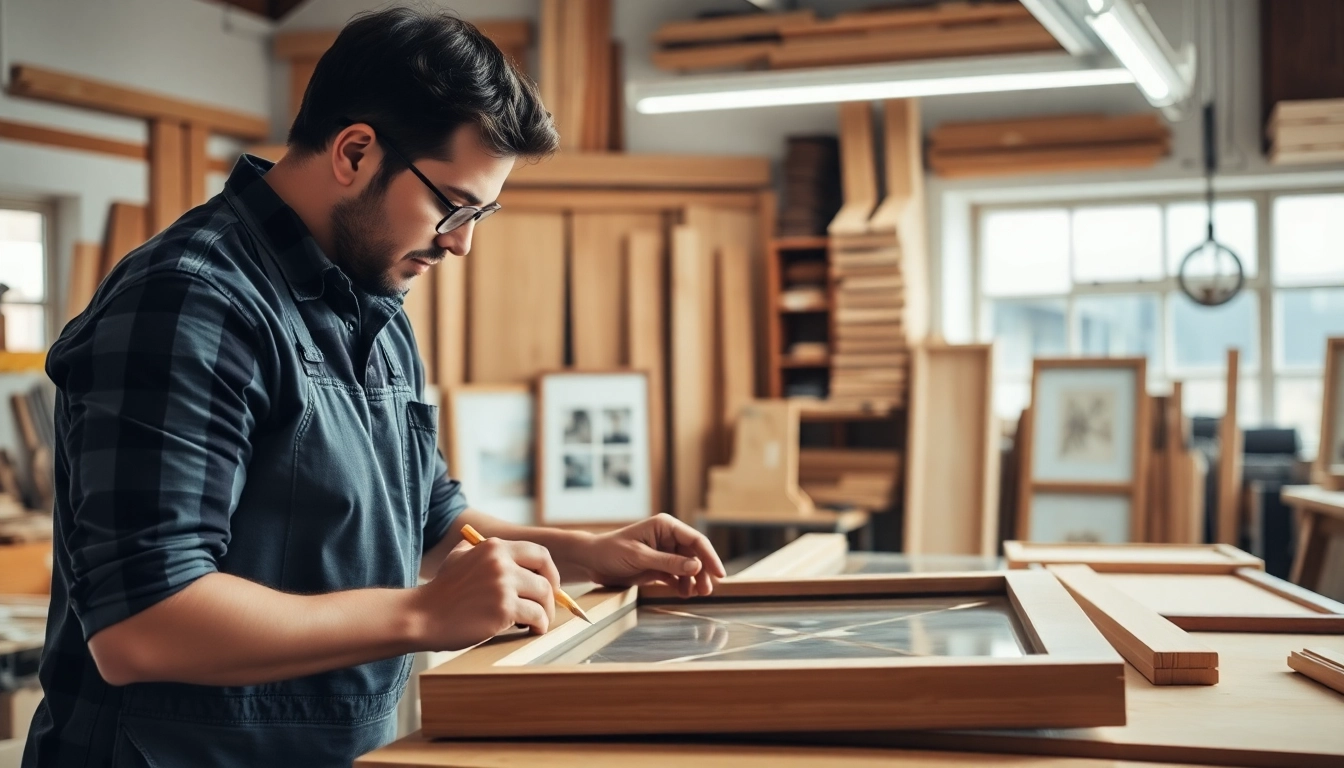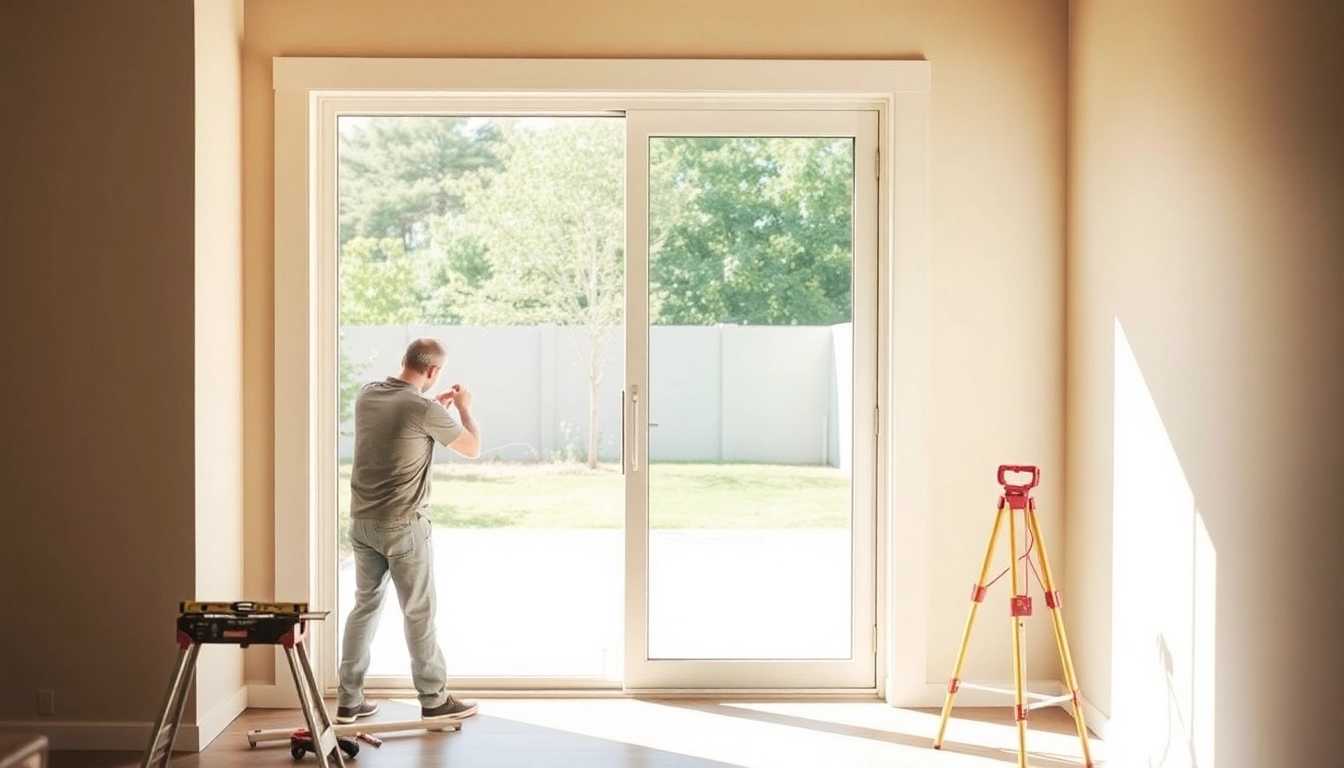Understanding Framing: Basics and Importance
Framing is a fundamental concept that spans across various industries, from construction and art to psychology and communication. At its core, framing involves the process of creating a supportive structure, emphasizing particular aspects of communication, or shaping the perception of a space or message. In construction, framing refers to the structural skeleton of a building, providing support and defining the shape. In the arts, framing enhances the visual appeal and preservation of artwork or photographs. Similarly, in social sciences and communication, framing influences perception, interpretation, and understanding.
When discussing Framing, it is crucial to recognize its versatility and significance across multiple domains. Whether constructing the walls of a house, framing a photograph for display, or framing a message for maximum impact, understanding the principles of framing enables professionals and enthusiasts alike to achieve desired outcomes efficiently and effectively. This comprehensive guide aims to delve deeply into the nuances of framing—covering foundational concepts, selecting appropriate materials, best practices for installation, and future industry trends—providing you with practical insights and expert strategies.
1. What Is Framing in Construction and Crafting?
The Role of Framing in Construction
In the construction industry, framing denotes the process of assembling a skeleton that provides structural integrity and defines the shape of a building. Usually made from lumber, metal, or engineered wood products, framing sets the foundation upon which walls, floors, roofs, and other structural elements are built. It is often regarded as the backbone of any structure, ensuring safety, stability, and durability.
Framing not only supports the weight of the entire building but also provides a blueprint for subsequent construction activities. Proper framing ensures that loads are evenly distributed, defenses against environmental elements are integrated, and the building complies with local codes and standards. The common types of framing include platform framing (commonly used in residential construction), balloon framing, and timber framing, each with distinct techniques suited for specific applications.
The Art of Framing in Crafting
Beyond structural applications, framing plays a pivotal role in the presentation and preservation of artwork, photographs, and keepsakes. Custom frames serve both aesthetic and protective purposes—highlighting the artwork, preventing deterioration, and adding value to the piece. Selecting the right frame involves considering the style, material, color, and size to complement the artwork and the surrounding decor.
Furthermore, crafting frames for art and photographs has transformed into an art form in itself, with artisans and manufacturers employing diverse materials such as wood, metal, acrylic, and composite substances. The goal is to create a frame that enhances the artwork’s visual impact while protecting it against environmental damage, dust, and handling wear.
2. The Role of Framing in Artwork Preservation
Importance of Proper Framing for Artwork
Proper framing is crucial for maintaining the integrity and longevity of artwork. An inappropriate frame can cause damage over time—such as warping, discoloration, or mold growth—especially if materials are not inert or if the environment is unsuitable. High-quality framing ensures that the artwork remains pristine, retains its value, and maintains its visual appeal.
Innovations in framing materials, such as acid-free mats, UV-protective glass, and conservation-grade backing, have revolutionized art preservation. These materials prevent acid migration, reduce UV damage, and control humidity—factors that are vital for delicate or valuable pieces.
Choosing the Right Preservation Techniques
Effective artwork preservation involves selecting appropriate frames based on the art’s medium, age, and environment. For instance, watercolor paintings benefit from UV-protective glass and climate-controlled display areas. Similarly, textiles and paper-based art require acid-free mats and backing boards to prevent deterioration.
Professional conservators often recommend framing artifacts in a way that minimizes physical contact, uses inert materials, and incorporates airtight sealing where necessary. These practices extend the lifespan of the artwork and help maintain its original appearance and structural integrity.
3. Common Types of Framing Materials and Techniques
Materials Used in Framing
The choice of framing materials depends on the purpose, aesthetic preferences, and budget. Some commonly used materials include:
- Wood: Classic, versatile, available in various finishes and styles. Types include oak, maple, cherry, and reclaimed wood.
- Metal: Sleek, modern, often aluminum or stainless steel, providing durability and minimalist aesthetic.
- Plastic and PVC: Cost-effective, lightweight options suitable for casual use or temporary framing.
- Composite Materials: Engineered wood or hybrid options that combine strength and affordability.
Techniques in Framing
Various techniques optimize the aesthetic and protective qualities of frames:
- Mitered Corners: Precise angled cuts for seamless joints, common in high-end frames.
- Floating Frames: Create a sense of depth by mounting artwork slightly away from the frame.
- Box Frames: Deep frames suited for canvases, shadow boxes, or three-dimensional objects.
- Matting: Using mats or borders to enhance presentation and protect artwork from direct contact with glass.
4. Choosing the Right Framing for Your Needs
Selecting Frame Styles for Different Artworks
When selecting a frame style, consider the artwork’s style, size, and the space where it will be displayed. For classic paintings, ornate and gilded frames can add elegance, while minimalist frames emphasize contemporary works. Photographs often benefit from simple, sleek frames that do not distract from the image.
Custom vs. Standard Framing Options Explained
Standard frames are mass-produced, readily available, and cost-effective. They suit casual displays or quick projects. Custom framing, on the other hand, allows precise measurements, tailored styles, and specific materials to enhance value, protect, and complement the artwork perfectly. Custom framing is preferred for valuable, delicate, or large pieces.
Factors to Consider: Space, Decor, and Budget
Assess the display environment: consider wall size, existing decor, lighting, and furniture. Matching the frame style with interior design enhances coherence. Additionally, establish a budget while prioritizing quality for valuable pieces. Durability and preservation should guide investment decisions, especially for heirlooms and artwork of sentimental or monetary value.
5. Best Practices for Framing Installation
Preparation and Measuring Tips
Accurate measurements are foundational for a successful framing project. Use a high-precision ruler or tape measure, double-check dimensions, and account for buffer zones like mats and spacers. Prepare your workspace with clean, flat surfaces, and organize all tools beforehand, including scissors, glue, nails, or brackets.
Step-by-Step Framing Process for DIY Enthusiasts
- Measure artwork and select an appropriate frame size.
- Gather materials: frame, mat, backing, glass or acrylic, fasteners.
- Cut or order custom mats if needed to enhance presentation and protect the art.
- Insert artwork, backing, and glass into the frame, ensuring no dust or fingerprints.
- Secure all components firmly with fasteners, nails, or clips.
- Seal the back with tape or covers to prevent dust ingress.
- Attach hanging hardware suitable for the weight and size.
How to Avoid Common Framing Mistakes
Common errors include incorrect measurements, using non-archival materials, and improper sealing. To prevent these issues:
- Always double-check measurements before cutting or ordering.
- Use acid-free mats and backing to prevent artwork degradation.
- Handle artwork carefully, avoiding fingerprints and dust.
- Ensure that glass or acrylic is free of scratches and smudges before installation.
- Secure components firmly but avoid overtightening which can damage materials.
6. Enhancing Your Space with Professional Framing
Creative Framing Ideas for Personal and Commercial Spaces
Innovative framing can transform ordinary spaces into showcases of style. Ideas include themed gallery walls, mixed-media frames, and eco-friendly reclaimed wood frames. For commercial settings, branded frames and corporate art installations boost aesthetics and reinforce brand identity.
Maintenance and Care for Framed Items
Proper care extends the lifespan of your framed items. Keep frames out of direct sunlight to prevent fading, dust regularly with soft cloths, and check for signs of deterioration or damage. Indoor environments with stable humidity and temperature help prevent warping and mold growth.
Where to Find Expert Framing Services Near You
While DIY framing can be rewarding, consulting professionals ensures the best results, especially for valuable items. Reputable framing shops, galleries, or art conservation specialists offer tailored services. Use local directories or online searches to find trusted providers, and always review their portfolios and customer feedback for assurance of quality.
7. Measuring Framing Effectiveness and Industry Trends
Key Metrics for Successful Framing Projects
Assessing the effectiveness of framing involves several metrics: durability, aesthetic appeal, preservation quality, and customer satisfaction. Monitoring defect rates, turnaround times, and post-installation conditions provides valuable feedback for continuous improvement.
Latest Innovations in Framing Materials and Tools
Recent trends include the adoption of environmentally friendly materials, rapid custom framing technologies, and smart frames integrated with lighting or anti-theft features. Advanced cutting tools with computer numerical control (CNC) enable precise, repeatable cuts, improving accuracy and efficiency.
Future Trends in Framing for Construction and Art
The future of framing anticipates increased automation, sustainable materials, and digital integration. Building information modeling (BIM) systems streamline construction framing, while in art, digital framing options, augmented reality, and 3D-printed frames are emerging as innovative solutions. These advancements promise enhanced durability, customization, and aesthetic possibilities.

